Latest NRAO News
News is managed by NRAO News & Public Information. Questions about News? Have a story to share? Want to interview a scientist or create new media about our telescopes?
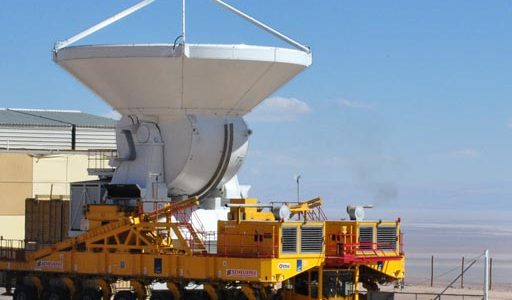
Final Antenna Delivered to ALMA

AUI and NRAO award the 2013 Jansky Lectureship to Charles Bennett

Astrophysicist Charles Bennett Receives 2013 Jansky Lectureship Award
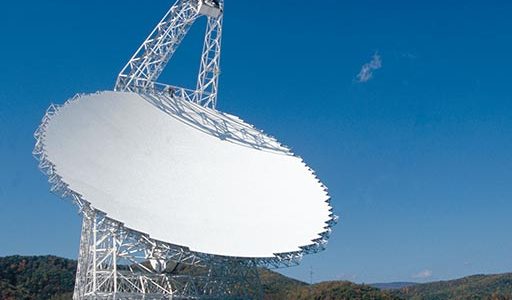
AUI and NRAO signed agreement with WVU to Use GBT

AUI and NRAO signed agreement with WVU to Use GBT
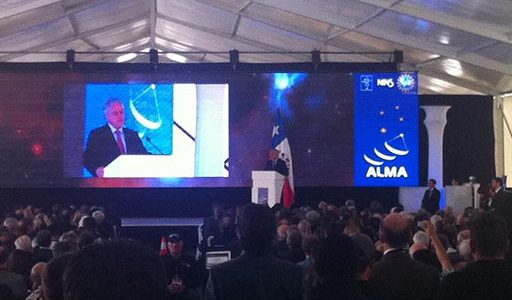
ALMA, the Atacama Large Millimeter/submillimeter Array, was officially inaugurated today in a ceremony that brought together representatives from the international astronomical community.
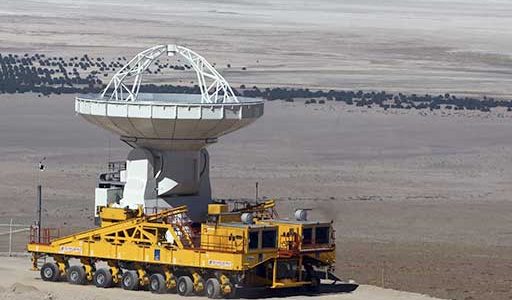
After an odyssey of design and construction stretching across more than a decade, North America has delivered the last of the 25, 12-meter-diameter dish antennas that comprise its share of antennas for the international ALMA telescope.

Jeffrey Mangum, a scientist at the National Radio Astronomy Observatory headquarters in Charlottesville, Virginia, has been appointed Editor of the Publications of the Astronomical Society of the Pacific, a peer-reviewed scientific journal.

Astronomers and officials from around the globe gathered on the high desert of New Mexico Saturday to officially bestow a new name on the world’s most famous radio telescope and to mark its transformation into a new and vastly more powerful tool for science.
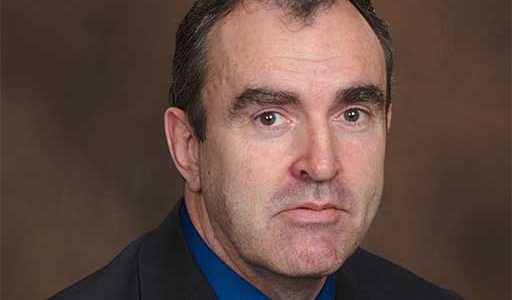
Anthony J Beasley has been appointed as the next Director of the National Radio Astronomy Observatory, according to Ethan J Schreier, President of Associated Universities, Inc.





